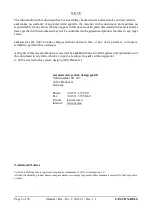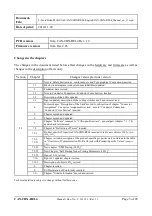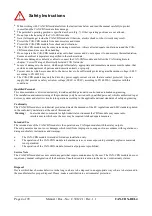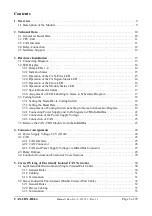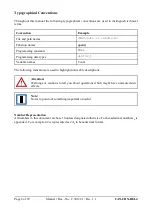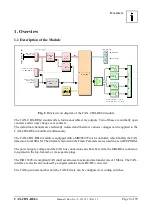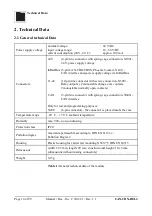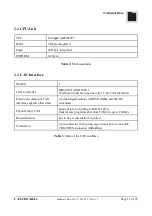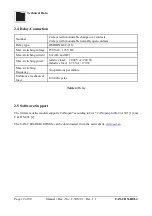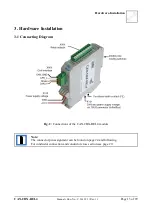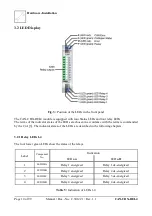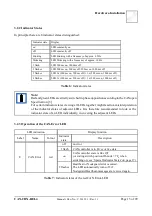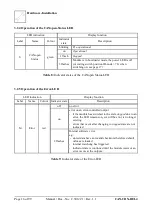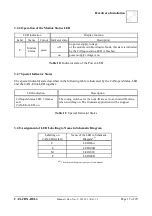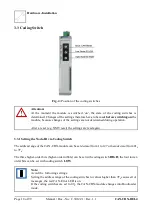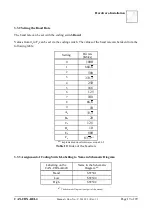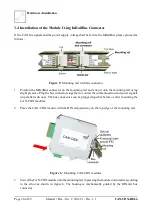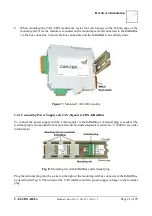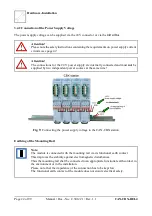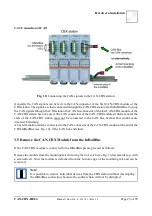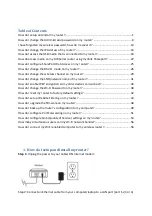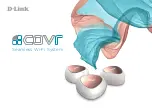
Overview
CAN-CBX-REL4
Manual • Doc.-No.: C.3012.21 / Rev. 1.1
Page 9 of 99
!"
#$%
&'(
$ !
) *
"+",$%
-
.%$,. *
/"#*.#.0,*.%%) *
/12 3 4 25
67 89:87
; 7:
:<
=>: 8? ;
. @ )*
AB CC %!
D 4
EF&G
:7 ;
8 9
H 9
IJ K=
L > 9
8
9
M
= JN
O PQ RS
TU VW M
T X
8 9
MU PQ RQT YZP [U
&\&
&. 0])*,)*
^
_
`
`
a
b
c
c
d
e
f
b
g
h
i
j
k
D
# $ 0+ )
. ]
)*
#.0 ,$#,
D
0 .*l$ %%
!
.C) 0
#. 0,$#,
1. Overview
1.1 Description of the Module
Fig. 1: Block circuit diagram of the CAN-CBX-REL4 module
The CAN-CBX-REL4 module offers four monostable relay outputs. Two of these are normally open
contacts and two are change over contacts.
The individual channels are electrically isolated and therefore various voltages can be applied to the
CAN-CBX-REL4 module simultaneously.
The CAN-CBX-REL4 module is equipped with a MB90F497 microcontroller, which buffers the CAN
data into a local SRAM. The firmware is stored in the Flash. Parameters are stored in a serial EEPROM.
The power supply voltage and the CAN bus connection can either be fed via the InRailBus connector,
integrated in the top-hat-rail, or via separate plugs.
The ISO 11898-2-compliant CAN interface allows a maximum data transfer rate of 1 Mbit/s. The CAN-
interface is electrically isolated by a digital isolator and a DC/DC-converter.
The CANopen node number and the CAN-bit rate can be configured via coding switches.


